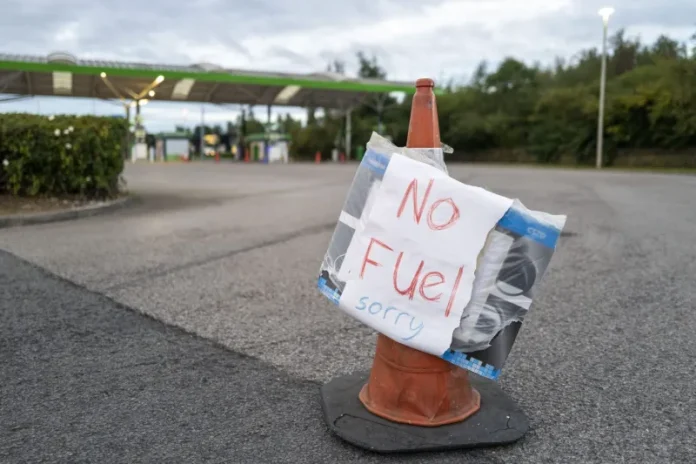European gas reserves are full, with regional demand declining, but gas prices remain high amid concerns that military conflicts will affect supplies, according to Bloomberg.
Gas storage facilities were 90% full of total capacity as of 19 August. That is 10 weeks ahead of the official target of 1 November. Theoretically, that should be enough, but experts advise to be cautious.
Natural gas surpluses have been dwindling since early spring as Europe has been unable to attract liquefied natural gas (LNG) cargoes at the same pace as it did in 2022 and 2023. However, the EU can buy this LNG from anywhere in the world, compensating for the loss of Russian pipeline gas supplies.
Europe bought a lot of LNG in 2022 and 2023, benefiting from lower demand in China. However, this year Europe faces tougher competition, not only from Beijing but also from smaller buyers in Asia. As a result, European LNG imports this summer were 15-25 per cent lower than in the same periods of the previous two years.
Winter is coming
Over the past two years, the El Niño phenomenon of rising global temperatures has helped reduce the impact of the energy crisis on the continent. However, El Niño is fading fast, and meteorologists say that from October or November, the opposite weather trend, called La Niña, is likely to prevail. In that case, Europe could face a normal or even colder winter.
Moreover, Europe still buys Russian natural gas, including via a pipeline through Ukraine. Even more than three years after the war in Ukraine broke out, Austria, Slovakia, Hungaryб and Italy are still heavily dependent on Russian gas. When the pipeline’s key transit contract expires at the end of 2024, the continent could be at risk.
Current gas prices are much lower than in 2022, but still double the pre-war level. If all goes well, Europe will have enough gas. But it would not be enough if anything went wrong, experts warned.
EU overcoming trade crisis
Despite energy challenges, the EU is showing a steady recovery in its trade balance, according to Eurostat data. In the second quarter of 2024, the EU’s trade surplus reached €40.4bn, marking the fourth consecutive quarter with a positive result.
The turning point came in the third quarter of 2023, when the EU posted a surplus of €18bn for the first time. Since then, the trend has strengthened, indicating the successful substitution of Russian supplies with alternative sources.
The bloc will reportedly tighten control over companies with Russian participation, following US demands. According to Moody’s, there are about 46,000 firms in the EU with more than 40 per cent Russian ownership, most concentrated in the Czech Republic, Bulgaria, and Germany.
However, analysts warn of possible losses, staff cuts and risks for European companies doing business with Russia.
